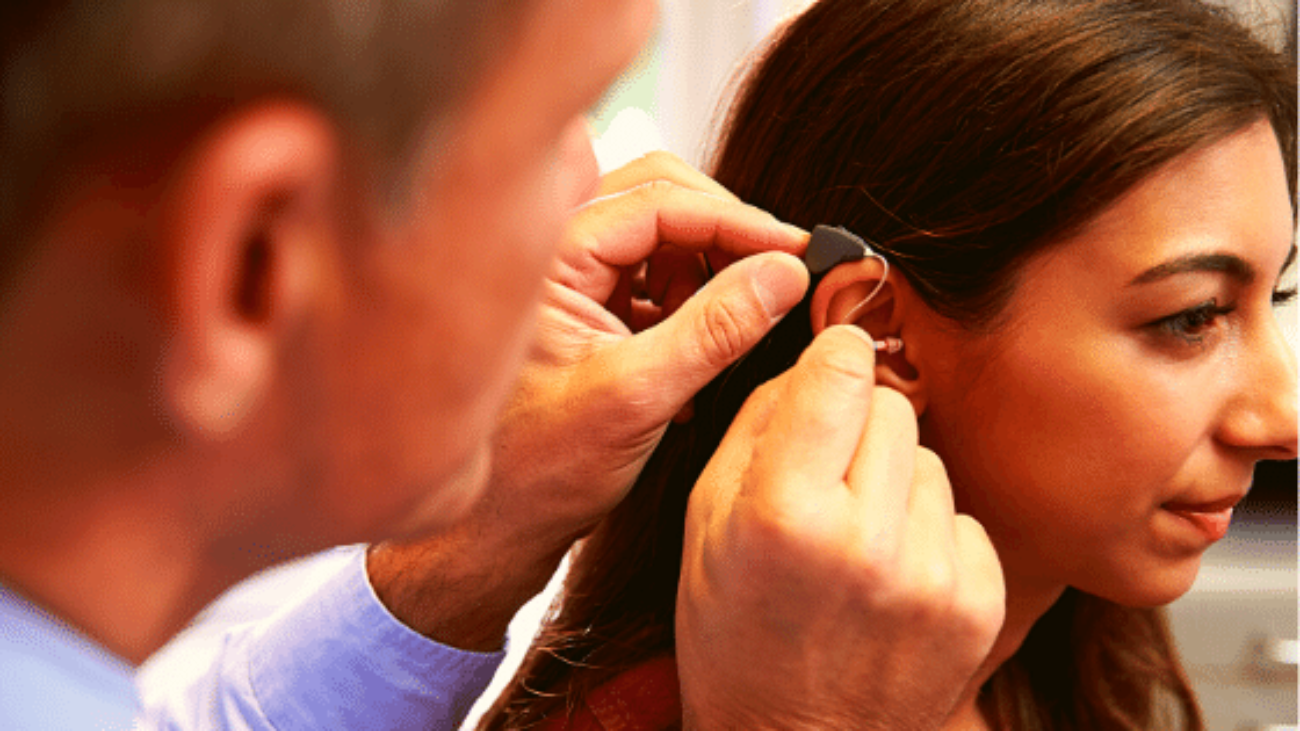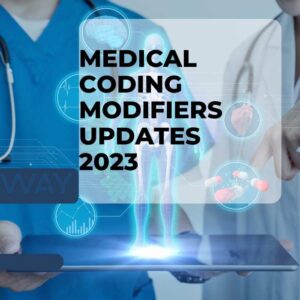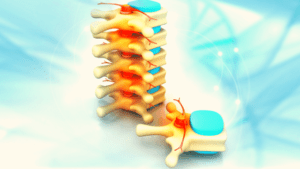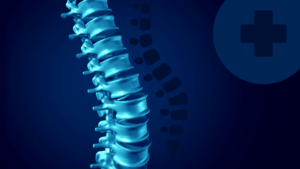Did you know, in 2021 audiologists had experienced new CPT codes and revised procedural codes for testing while medical billing and coding? Audiology professionals and speech-language pathologists will get to see major changes in virtual communication codes too. The changes in codes happened almost in every specialty. Each code has its own significance in explaining the procedure or service in detail. Few codes have to be essentially noted as the medical billing and coding process won’t end without them.
The changes to the Current Procedural Terminology (CPT) and Healthcare Common Procedures Coding System (HCPCS) took place early this year. There are many deleted, new and revised codes in 2021. Healthcare professionals must concentrate on few coding aspects. Let’s find them below.
Auditory Evoked Potential Testing:
- CPT codes for auditory evoked potential testing, 92585 and 92586 will be deleted and replaced with four new and more descriptive codes for different types and levels of testing.
- The broad descriptions of the current codes often cause confusion and inappropriate reporting. So ASHA, the American Academy of Audiology (AAA), American Academy of Neurology (AAN), and American Academy of Otolaryngology-Head and Neck Surgery (AAO-HNS) worked together to develop code descriptions which clearly define the different types of AEP testing. They are as follows:
- 92650– AEPs: The code is used for screening of auditory potential with broadband stimuli, automated analysis. It describes screening typically used for newborns in hospital and outpatient settings.
92651 – AEPs: For hearing status determination, broadband stimuli represents the non-automated, follow-up testing by an audiologist after a referred screen to rule out severe-to-profound hearing loss and auditory neuropathy/auditory desynchrony, or to verify the need for additional threshold testing. Testing includes obtaining broadband-evoked auditory brainstem responses (ABRs) using click stimuli at moderate-to-high and low stimulus levels.
- New codes like 92650, the automated analysis and 92651, the hearing status generally equate to testing currently reported with 92586 which is limited.
- 92652 – AEPs: For threshold estimation at multiple frequencies, this code describes a more extensive electrophysiologic estimation of behavioral hearing thresholds using broadband or frequency-specific stimuli. Testing is repeated at multiple intensities and for additional stimuli and for instance, various tone bursts across the hearing frequency range. Audiologists may also repeat testing with bone conduction stimulation, if indicated.
- The CPT codes 92651 and 92652 might not go for medical billing and coding process together on the same day, because hearing status determination is considered as a component of threshold estimation testing. Professionals will have to report only 92652 when both components of AEP testing are completed on the same day.
- 92653– This code is used for a neurodiagnostic test in order to identify site of lesion of the auditory nerve and/or brainstem nuclei using ABRs at moderate-to-high intensities to evaluate neural conduction.
- The CPT codes 92652 – threshold estimation and 92653 –neuro-diagnostic are currently reported using 92585 comprehensive while medical billing and coding.
- Just like most of the audiology and vestibular testing codes, CPT codes 92650–92653 include time for interpreting the test results and preparing a report. The codes also reflect bilateral testing, so audiologists should include modifier -52 (reduced services) on claims for unilateral testing.
Vestibular Evoked Potential Testing:
- From the beginning of the year 2021, for medical billing and coding, audiologists could report vestibular evoked myogenic potential (VEMP) testing with three new CPT codes. They are :
- 92517– This code describes cervical (cVEMP) testing to evaluate saccule and inferior vestibular nerve function.
- 92518– This code represents ocular (oVEMP) testing to evaluate utricle and superior vestibular nerve function.
- 92519 – This code reflects cVEMP and oVEMP testing, completed together on the same day. Above all, these codes reflect bilateral testing and include time for interpretation and preparing a report.
- At present audiologists use the code 92700 (unlisted service or procedure) for VEMP testing. It requires additional paperwork to document medical necessity, with no guarantee of payment.
- 92517–92519 will help to establish more consistent reimbursement of VEMP—but because they are new codes, some State Medicaid programs and commercial insurers might take some time to implement them. But, Medicare had adopted the new codes in 2021, setting a precedent for other insurance companies.
-
Communication and Technology based Services in medical billing and coding:
- The CPT and HCPCS codes for communication technology-based services (CTBS) describe a brief communication service conducted over various types of technologies to help prevent unnecessary office visits.
- The services include e-visits: 98970–98972 and G2061–G2063, virtual check-ins (G2012), and remote assessment of recorded images or videos (G2010). More insurance companies have allowed audiologists and speech-language pathologists to report CTBS codes in order to help slow the spread of COVID-19 during the public health emergency.
- G2061–G2063 codes have been deleted. So professionals will report e-visits with CPT codes 98970 via 99872, eliminating current confusion caused by CPT and G-codes available to report similar services.
- Virtual check-ins for non-physician healthcare professionals will be reported with a new G-code G20X2, and remote assessment of recorded images or videos with G20X0. CMS will publish the final G-code numbers in December.
Medicare coverage of CTBS codes in Medical billing and Coding:
Due to the pandemic, Medicare temporarily allowed SLPs to report the CTBS codes for e-visits, virtual check-ins, and
- remote assessment of recorded images or videos, for the duration of the federal public health emergency.
- Medicare also exhibits an idea to permanently expand these services for SLPs and certain other non-physician providers, from the beginning of 2021.
- But CMS refused to expand coverage of CTBS services for audiologists in 2021 or during the public health emergency, because Medicare limits audiology coverage to diagnostic testing only.
E-Visits (CPT Codes 98970-98972):
- 98970: This code is for qualified non-physician healthcare professional online digital assessment and management, for an established patient, for up to 7 days, cumulative time during the 7 days- 5–10 minutes.
- 98971: This code is for qualified non-physician healthcare professional online assessment and management service, for an established patient, for up to 7 days, cumulative time during the 7 days- 11–20 minutes
- 98972: This code is for qualified non-physician qualified healthcare professional assessment and management service, for an established patient, for up to 7 days, cumulative time during the 7 days- 21 or more minutes.
Hope you got required information on new audiology coding. For more updates, please subscribe to our blog. Do follow us on Facebook, LinkedIn, Twitter and Instagram. Give your valuable comments below and we shall definitely consider them if relevant.




